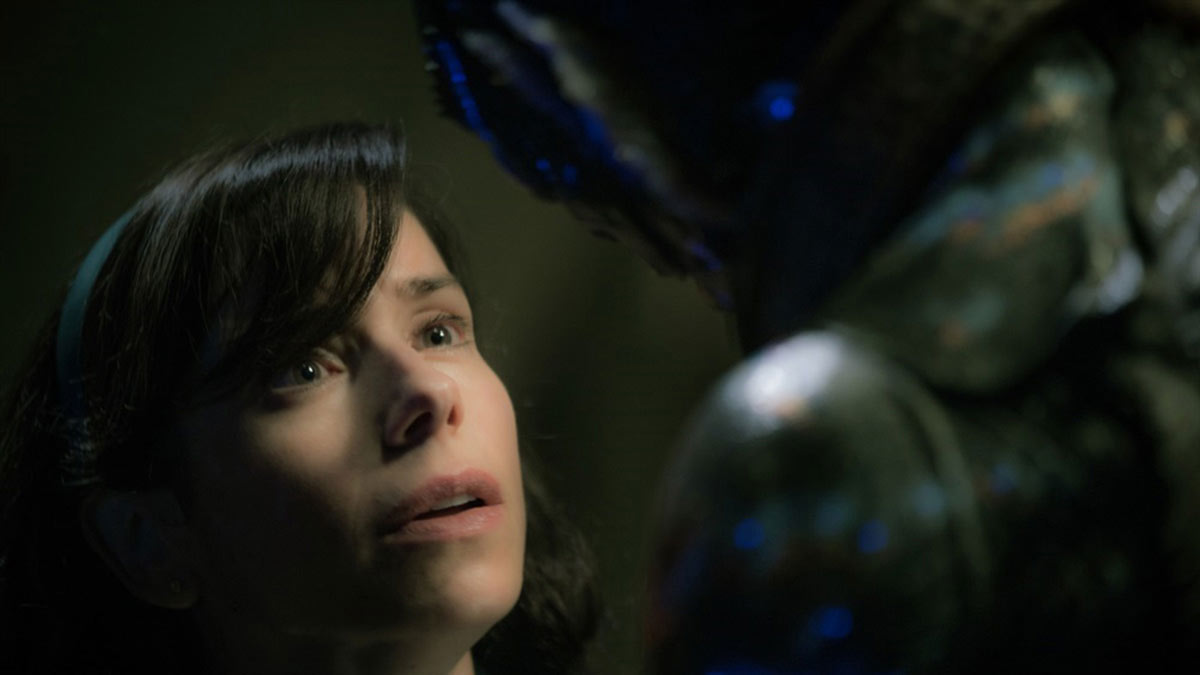
(C)2017 Twentieth Century Fox
This is how the bizarre yet beautiful creature created by Guillermo del Toro in “The Shape of Water” is completed.
2018.03.02
“The Shape of Water” synopsis
1962, America. Eliza, who works at a top-secret government research institute, sees a mysterious creature that has been secretly brought in. Eliza is captivated by the strange but somehow alluring appearance of "him", who is said to be worshiped like a god in the depths of the Amazon, and begins to secretly visit him, stealth from everyone around her. Eliza was unable to speak due to childhood trauma, but she didn't need words to communicate with "him." When the two begin to communicate through music, dance, sign language, and passionate eyes, Eliza learns that "he" will soon become the victim of an experiment that puts the prestige of the nation at stake.
Index
- Love for monsters fostered through Japanese works
- Wide range of influences from Japanese ukiyo-e to Greek sculpture
- The world's best actor to portray creatures
Love for monsters fostered through Japanese works
Basically, movie directors are ``otaku'', and there is probably no director who fits that adjective better than Guillermo del Toro. Guillermo, from Mexico, was fair-skinned and didn't like sports as a boy, so television was his friend. I was particularly fascinated by Japanese monsters. He became completely obsessed with movies such as `` Ultraman ,'' `` Ultra Seven,'' ``Tetsujin 28- go,'' and `` Ambassador Magma ,'' which were also aired in Mexico.He especially loved ``Tetsujin 28-go,'' and said, ``When I was sick with a high fever as a child, it made me realize that I was dreaming.'' Inside, the Iron Man flies towards the camera, and that's when I wake up,'' he said happily as he recounted the memory. In addition, Guillermo del Toro became a film director after being ``brainwashed'' by Osamu Tezuka 's works such as ``Jungle Emperor '' and `` Knight of the Ribbon,'' as well as ``Mr. Comet.''
In ` `Pacific Rim ,'' the influence of Japanese robot works such as ``Tetsujin 28'' was clearly seen, and even in the design of the enemy Kaiju, he said, ``I really respect Ishiro Honda and Eiji Tsuburaya.'' "So, I was conscious of the 'costumed' feel of the suit actor's arms and legs," he said, expressing his love for analog monsters even though CG was used. For some reason, he named KAIJU, who had giant scissors, ``Onibaba'' (inspired by Kaneto Shindo's `` Onibaba ''), and was in a state where he could do whatever he wanted.
"Pacific Rim" trailer
Even for the main character of " Hellboy ," his head, which looked like a ponytail in the original comic, was changed to a Japanese samurai chonmage. Guillermo confessed that he chose Toshiro Mifune's style to pay homage to the spirit of Japanese samurai while also being conscious of sumo wrestlers.
Wide range of influences from Japanese ukiyo-e to Greek sculpture

